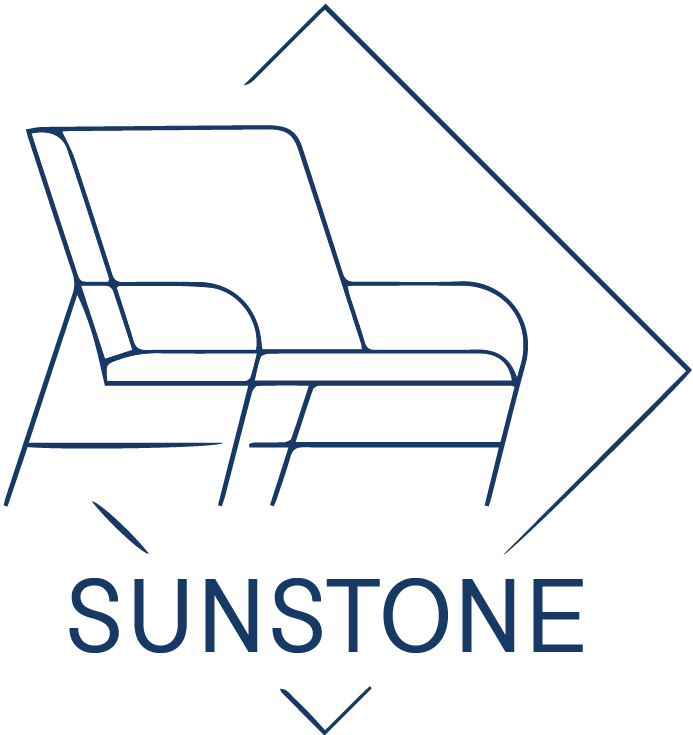How To Recover Outdoor Chairs
Outdoor Chairs add comfort and style to any patio, balcony, or garden, but years of sun, rain, and everyday use can wear down their fabric and Cushions. Recovering outdoor chairs is an effective way to refresh their look and extend their lifespan without replacing the entire frame. Whether you want to update the design, repair damage, or replace faded material, learning how to recover outdoor chairs properly will help you achieve a professional and durable finish.
Table of Contents
- Understanding When to Recover Outdoor Chairs
- Step 1: Choose the Right Replacement Fabric
- Step 2: Measure and Cut the Fabric
- Step 3: Remove the Old Fabric or Sling
- Step 4: Attach the New Fabric
- Step 5: Reassemble and Inspect
- Step 6: Add Finishing Touches
- Maintenance Tips for Recovered Chairs
- Recommended Outdoor Furniture
- Conclusion
Understanding When to Recover Outdoor Chairs
You should consider recovering your chairs when:
The fabric is faded, torn, or stained beyond cleaning.
The cushion padding has lost its shape or comfort.
The sling or strap material has become brittle or stretched.
You want to match the furniture with new outdoor décor.
If the chair frame is still structurally sound, recovering is far more cost-effective than buying new furniture and allows full customization of color, texture, and fabric type.
Step 1: Choose the Right Replacement Fabric
The most important part of recovering outdoor chairs is selecting the correct fabric. Outdoor fabrics must resist UV rays, moisture, and mildew while maintaining softness and flexibility. Popular options include:
| Fabric Type | Features | Durability | Maintenance |
|---|---|---|---|
| Solution-Dyed Acrylic (e.g., Sunbrella) | UV resistant, colorfast, breathable | Excellent | Easy |
| Textilene / PVC-Coated Polyester | Waterproof, easy to clean, supportive | High | Easy |
| Olefin | Fade- and stain-resistant, lightweight | High | Moderate |
| Vinyl Mesh | Fast-drying, strong | High | Easy |
Choose colors that complement your outdoor environment while hiding dirt or water stains. Darker tones are practical for high-traffic areas, while lighter fabrics create a cool, airy look.
Step 2: Measure and Cut the Fabric
Use a tape measure to record the width, length, and depth of your chair seat and backrest. Add an extra 2–3 inches on all sides for folding, stapling, or sewing seams. If you are replacing sling-style fabric, use the old material as a template for cutting the new one. Make sure to cut straight lines for a snug, even fit.
If you’re recovering cushioned seats, also measure the foam or padding. High-density outdoor foam is recommended, as it maintains shape and resists mold and moisture.
Step 3: Remove the Old Fabric or Sling
Disassemble the chair carefully by removing screws, clips, or bolts that hold the fabric in place. For sling-style chairs, loosen the tension rods or spline channels that secure the fabric. If you’re replacing cushions, unzip the old covers or cut along seams using fabric scissors. Inspect the frame while disassembling; if you notice rust or loose joints, take time to clean and tighten before installing the new material.
Step 4: Attach the New Fabric
The attachment process depends on the chair type:
For Sling Chairs: Insert the new fabric into the side channels, slide the tension rods back in, and tighten the screws gradually on both sides. Ensure the fabric stays taut and even.
For Cushioned Chairs: Wrap the new fabric cover tightly around the foam and staple it securely to the underside of the chair frame using a heavy-duty staple gun. Trim any excess fabric for a clean edge.
For Strapped Chairs: Replace broken vinyl straps with new ones by heating them slightly with warm water to increase flexibility. Attach them with metal clips or rivets.
After attaching, check for wrinkles and adjust tension before final tightening.
Step 5: Reassemble and Inspect
Once the new fabric is installed, reassemble the chair frame. Wipe the surface with a damp cloth to remove dust or fingerprints. Test the seat for stability and comfort — it should feel firm yet flexible. Double-check all screws and fittings to ensure they are secure.
Step 6: Add Finishing Touches
To enhance the chair’s durability and look:
Apply a UV-protective spray on the fabric to prevent fading.
Use rust-resistant paint or clear sealant on metal frames.
Add decorative cushions or accent pillows for extra comfort and style.
These finishing steps not only improve the appearance but also extend the life of your newly recovered outdoor furniture.
Maintenance Tips for Recovered Chairs
Keep your new chair covers looking fresh by following a regular maintenance routine:
Wipe them down with mild soap and water every few weeks.
Allow the fabric to dry fully before storing or covering.
Store chairs in a shaded or covered area during heavy rain or winter.
Avoid using bleach or harsh detergents that can degrade fabric coatings.
Recommended Outdoor Furniture
For buyers seeking high-quality chairs that require minimal recovery or maintenance, Sunstone Outdoor offers an extensive collection of aluminum, rattan, and fabric outdoor seating. Our chairs feature UV-resistant fabrics, rust-proof frames, and replaceable cushions designed for long-term use. With refined craftsmanship and modern styling, Sunstone Outdoor furniture delivers both comfort and resilience — perfect for any outdoor setting.
Conclusion
Recovering outdoor chairs is an efficient and rewarding way to give your furniture a second life. By selecting the right fabric, measuring accurately, and attaching the new cover properly, you can transform weathered chairs into stylish, durable seating. With consistent care and quality materials — or by choosing expertly crafted options from Sunstone Outdoor — your outdoor furniture will stay beautiful, functional, and ready for years of enjoyment.

